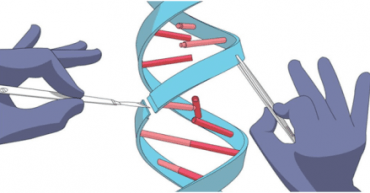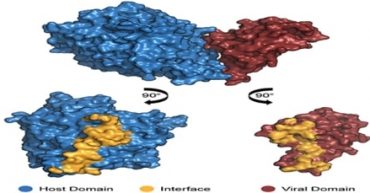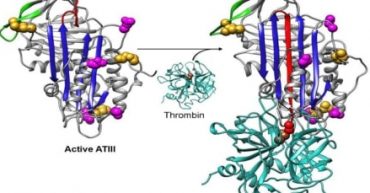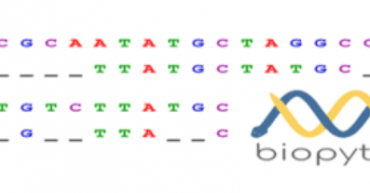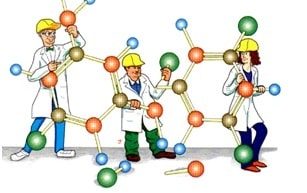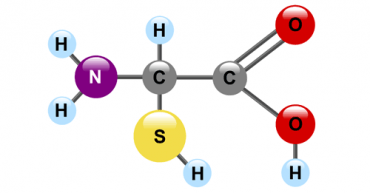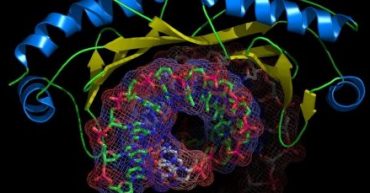Courses
Precise and efficient genome editing has triggered a revolution in making genetic manipulations possible essentially in all types of cells and organisms. There are many approaches like ZFNs and TALENs have been developed for genome editing. Among which, the most recent and broadly applicable one is CRISPR-Cas9 which is short for Clustered Regularly Interspaced Short […]
Protein-Protein docking is a kind of bioinformatics tool for studying protein-protein interaction. Protein-protein interaction plays important role in biological processes like signal transduction, cellular motion, gene regulation and transport, it is the way to find target for drug discovery. Generally, the protein structures which had high resolution and were determined by X-ray crystallography was considered […]
To understand the mechanism behind the function of a protein, its three-dimensional structure plays a central role. Various experimental methods to determine protein three-dimensional structure like X-ray crystallography, NMR, electron microscopy, etc. provide more authentic structures than the theoretical models but they are very time consuming and have their limits, as in case of membrane […]
Biopython is an open source application programming interface used by computational biologist and bioinformatician. Biopython is supported by Open Bioinformatics Foundation (OBF). It is the collection of Python tools, and it provides an online resource for modules, scripts, and web links for developers of Python based software for life science research. Python is an object […]
Chemoinformatics is an application of computational molecular science to solve chemical problem by manipulating chemical structural information of compounds. It is a distinct discipline which combines Physics, Chemistry, Biology, Biochemistry, mathematics, Statistics and Information technlogy. The goal of chemoinformatics is to gather information by analzing, stimulating and modelling of chemical structure either in 2D or […]
Proteins being the building block of life therefore they can be considered as molecular devices that perform various biological functions. It is this basic structure that allows small molecular interactions to take place in cells. So prediction of structure helps us to determine the function of protein (s) along with its relation with other protein(s). […]

